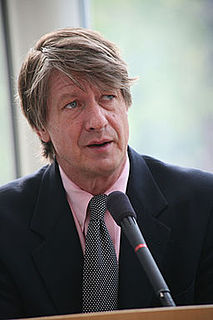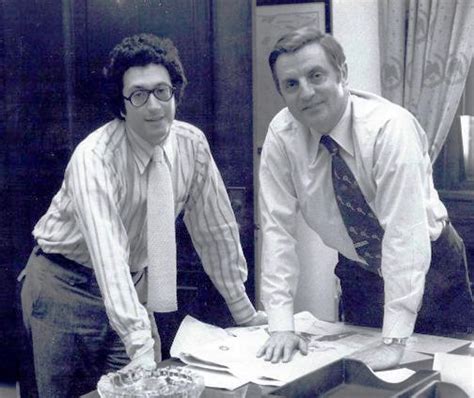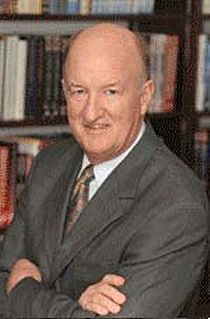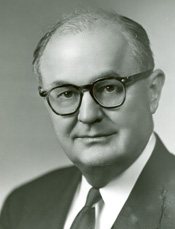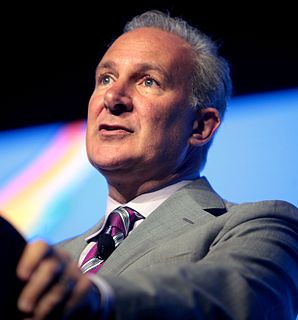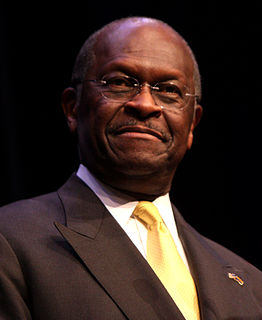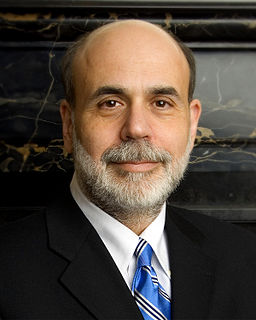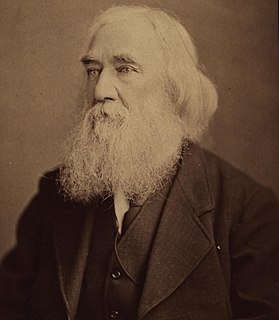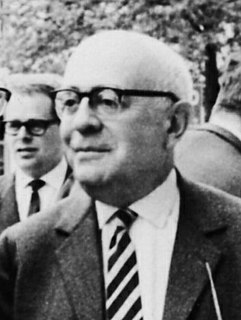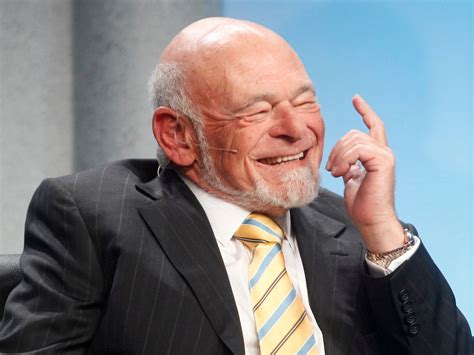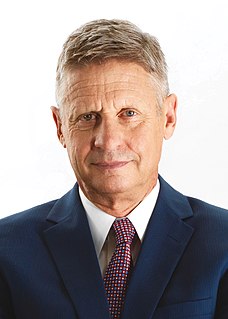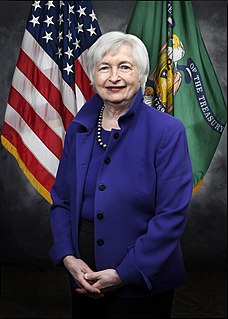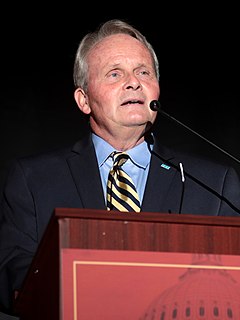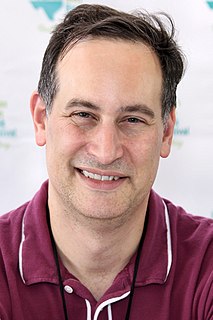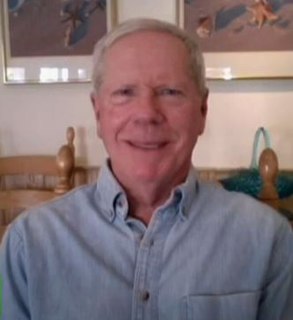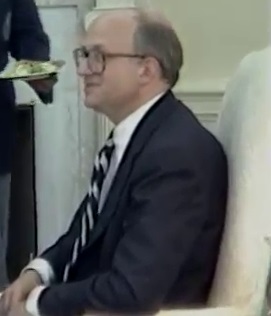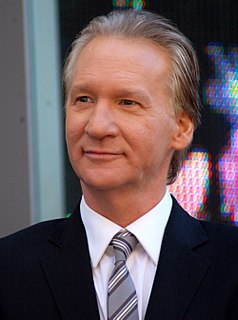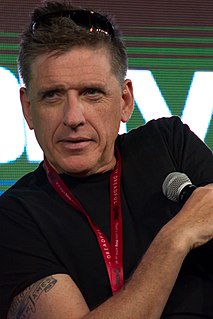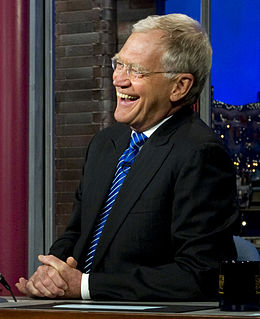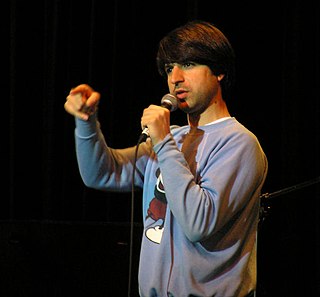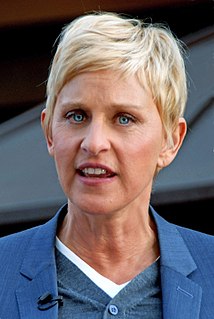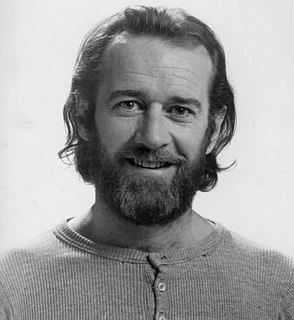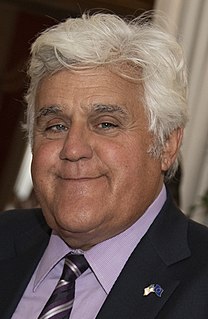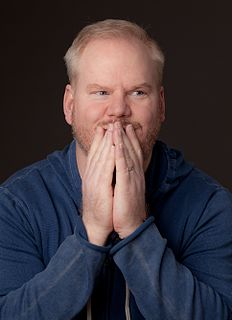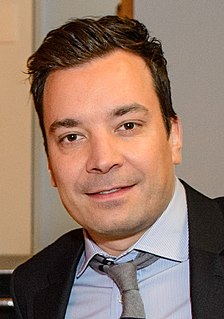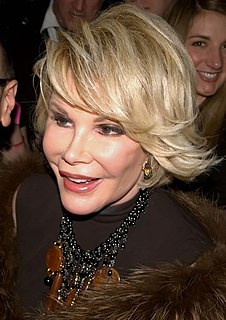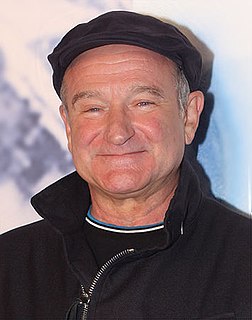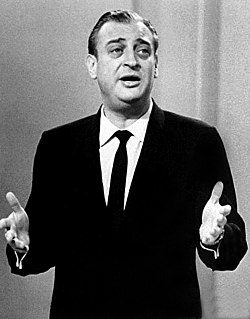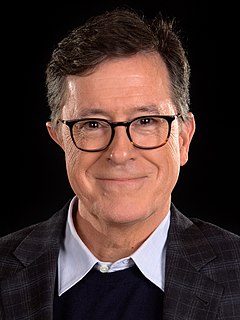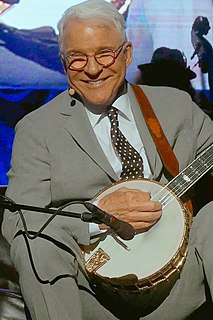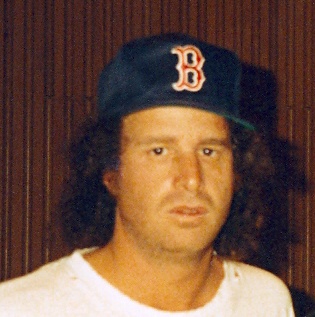A Quote by P. J. O'Rourke
A U.S. dollar is an IOU from the Federal Reserve Bank. It's a promissory note that doesn't actually promise anything. It's not backed by gold or silver.
Related Quotes
Prior to 1968, the gullible gentiles could take a one dollar Federal Reserve note into any bank in America and redeem it for a dollar which was by law a coin containing 412 1/2 grains of 90 per cent silver. Up until 1933, one could have redeemed the same note for a coin of 25 4/5ths grains of 90 per cent gold. All we do is give the goy more non-redeemable notes, or else copper slugs. But we never give them their gold and silver. Only more paper.
Back in 1960, the paper dollar and the silver dollar both were the same value. They circulated next to each other. Today? The paper dollar has lost 95% of its value, while the silver dollar is worth $34, and produced a 2-3 times rise in real value. Since we left the gold standard in 1971, both gold and silver have become superior inflation hedges.
Gold has intrinsic value. The problem with the dollar is it has no intrinsic value. And if the Federal Reserve is going to spend trillions of them to buy up all these bad mortgages and all other kinds of bad debt, the dollar is going to lose all of its value. Gold will store its value, and you'll always be able to buy more food with your gold.
The culture industry perpetually cheats its consumers of what it perpetually promises. The promissory note which, with its plots and staging, it draws on pleasure is endlessly prolonged; the promise, which is actually all the spectacle consists of, is illusory: all it actually confirms is that the real point will never be reached, that the diner must be satisfied with the menu.
My single biggest financial concern is the loss of the dollar as the reserve currency. I can't imagine anything more disastrous to our country. . .you're already seeing things in the markets that are suggesting that confidence in the dollar is waning. . .I think you could see a 25% reduction in the standard of living in this country if the U.S. dollar was no longer the world's reserve currency. That's how valuable it is.
So if you think America's politicians and citizens are willing to make the changes necessary to strengthen the U.S. dollar, then don't buy silver. But if you're like me and don't expect us, as a nation, to take our medicine, then short the dollar - and the way you short the currency is by going long on gold and silver.
Monetary reform, if it is to be genuine and successful, must sever money and banking from politics. That's why a modern gold standard must have: no central bank; no fixed rations between gold and silver; no bail-outs; no suspension of gold payments or other bank frauds; no monetization of debt; and no inflation of the money supply, all of which have proved so disastrous in the past.
That whole week, we started to divide things into those two categories: anything or something. A piece of jewelry bougth at a department store: anything. A piece of jewelry made by hand: something. A dollar: anything. A sand dollar: something. A gift certificate: anything. An IOU for two hours of starwatching: something. A drunk kiss at a party: anything. A sober kiss alone in a park: something.
